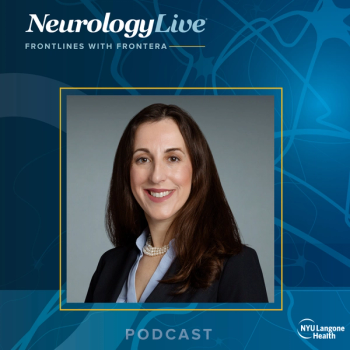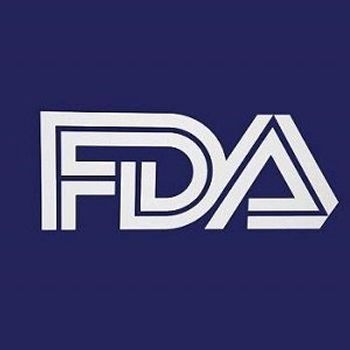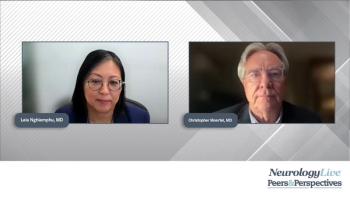
Tonic Motor Activation Effective in Treating Both Painful and Painless Restless Legs Syndrome
Key Takeaways
- The NTX100 TOMAC System demonstrated similar 90-day efficacy in patients with painful and painless medication-refractory RLS.
- No significant difference was observed in the primary endpoint, IRLS score changes, between painful and painless RLS groups.
An interim analysis of an ongoing study suggested that the tonic motor activation demonstrated comparable short-term outcomes for both painful and painless forms of restless legs syndrome.
Interim results from the ongoing, post-market, observational THRIVE study showed that treatment with the NTX100 tonic motor activation (TOMAC) System (Noctrix Health), an FDA-approved wearable device for medication-refractory restless legs syndrome (RLS), yielded similar 90-day efficacy in adult patients with medication-refractory painful and painless RLS.1
Findings from this analysis revealed that the mean change in International RLS Severity Scale (IRLS) scores at 90 days, the primary end point, did not differ between patients with painful RLS (-9.1 ± 7.8) and those with painless RLS (-7.7 ± 7.0; P =.5100). Secondary end points, including mean Clinical Global Impression-Improvement (CGI) scores (2.4 ± 1.1 vs 2.5 ± 0.9; P = .6826), CGI-responder rates (65.5% vs 57.7%; P = .5509), and changes in RLS medications, were also comparable between the 2 patient groups.
Led by Elias Karroum, MD, PhD, associate professor of neurology at University of Virginia School of Medicine, the analysis included data from 55 adult patients with moderate-to-severe, medication-refractory RLS, 29 with painful RLS and 26 with painless RLS, who completed 90-day follow-up. Presented at the
READ MORE:
At baseline, researchers reported that patients with painful RLS exhibited more severe symptoms, with a mean IRLS score of 28.8 (±5.2) compared with 24.2 (±6.0) in the painless RLS group (P = .0034). Additionally, results revealed that patients with painful RLS were more frequently treated with dopaminergic agents (65.5% vs 34.6%; P = 0.0221). All other baseline characteristics including age, gender, family history of RLS, age at onset, augmentation severity, neuropathy diagnosis, and TOMAC titrated stimulation intensity were observed similar between groups.
Authors concluded that although this analysis reconfirmed a more severe phenotype in painful RLS, TOMAC efficacy at 90 days was comparable across both forms of the condition. Researchers also noted that the long-term efficacy profile of TOMAC in painful versus painless RLS remains to be determined.
In April 2023, the FDA granted de novo approval for Noctrix Health’s NTX100 TOMAC System to treat moderate to severe RLS and improve sleep quality in patients who are refractory to medications. By design, therapy includes a pair of wearable devices for the lower legs that electrically activate the peroneal nerves bilaterally to produce tonic, sustained muscle activation compatible with sleep to subdue symptoms of the condition.2
REFERENCES
1. Karroum E, Charlesworth J, Singh H, Buchfuhrer M. Tonic Motor Activation for Treatment of Patients with Painful Versus Painless Restless Legs Syndrome. Presented at: 2025 SLEEP Annual Meeting; June 8-11; Seattle, WA. ABSTRACT 0907.
2. Noctrix Health announces successful randomized controlled trial (RCT) outcomes and FDA Marketing Authorization for its Breakthrough Tonic Motor Activation (TOMAC) Restless Legs Syndrome (RLS) Therapy. News Release. Published April 19, 2023. Accessed June 10, 2025.
Newsletter
Keep your finger on the pulse of neurology—subscribe to NeurologyLive for expert interviews, new data, and breakthrough treatment updates.




















